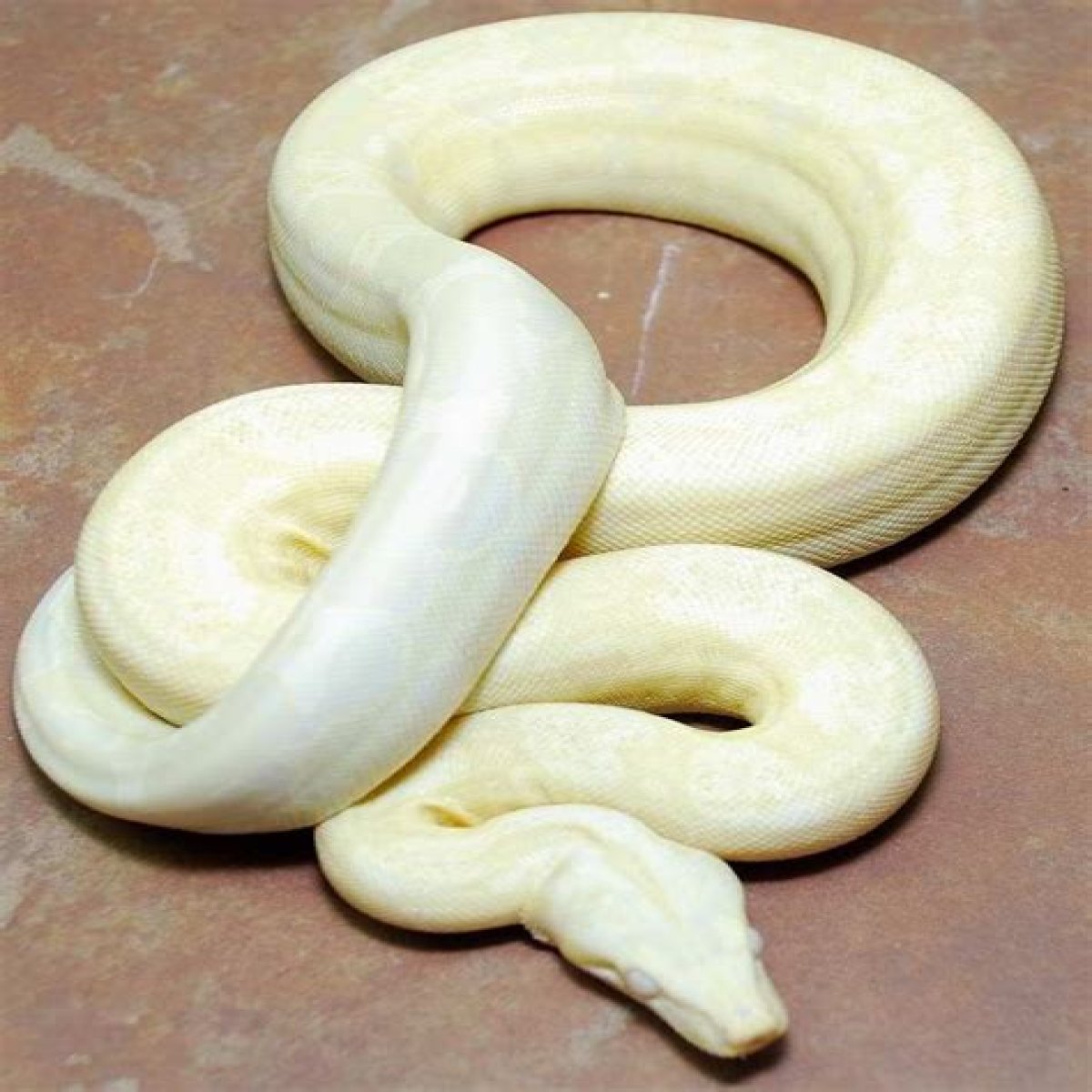Serpent albinos are a fascinating marvel of nature that captivates the minds of herpetology enthusiasts and casual observers alike. These striking creatures, with their unique coloration, stand out due to a genetic mutation that affects pigmentation. Whether found in the wild or as part of exotic collections, serpent albinos offer a glimpse into the intricate world of reptiles and their diverse adaptations. Discovering the characteristics, habitats, and the care required for these beautiful snakes can reveal a lot about their enigmatic nature.
The presence of serpent albinos in both natural habitats and captivity has sparked interest among scientists and hobbyists. Their rarity and distinct appearance make them highly sought after in the pet trade, leading to a myriad of breeding programs aimed at producing more of these stunning creatures. Understanding the genetics behind their albinism, the environment they thrive in, and the best practices for their care can enhance our appreciation for these remarkable serpents.
As we dive deeper into the world of serpent albinos, we will explore their biology, care requirements, and the ethical considerations surrounding their breeding and ownership. Join us on this journey to uncover the secrets of these unique reptiles and understand what makes them so special in the animal kingdom.
What Are Serpent Albinos?
Serpent albinos are reptiles that lack the pigmentation typical of their species due to a genetic mutation called albinism. This condition results in a striking appearance, characterized by a white or light yellow body and red or pink eyes. These traits not only make them visually stunning but also distinguish them from their non-albino counterparts.
How Do Serpent Albinos Differ From Regular Serpents?
Serpent albinos differ from regular serpents primarily in terms of coloration and eye appearance. Some key differences include:
- Coloration: Albinos exhibit a lack of melanin, resulting in lighter shades.
- Eye Color: Albino serpents typically have red or pink eyes, while regular serpents have darker eyes.
- Camouflage: Albinos may struggle with camouflage in their natural habitat, making them more susceptible to predators.
- Breeding: Albinos are often selectively bred for their unique appearance, leading to various morphs.
What Species of Serpent Are Commonly Albino?
Several species of snakes can produce albino individuals, including:
- Ball Python (Python regius)
- Corn Snake (Pantherophis guttatus)
- Boa Constrictor (Boa constrictor)
- Garter Snake (Thamnophis spp.)
What Is the Habitat of Serpent Albinos?
Serpent albinos can be found in various habitats depending on their species. In the wild, they inhabit regions such as forests, grasslands, and deserts. However, their striking coloration may limit their survival in the wild due to increased visibility to predators. In captivity, they are often kept in well-maintained enclosures that replicate their natural environments, including:
- Temperature Control: Maintaining an appropriate temperature gradient.
- Humidity Levels: Ensuring optimal humidity for shedding and hydration.
- Hide Spots: Providing places for the snake to hide and feel secure.
How to Care for Serpent Albinos in Captivity?
Caring for serpent albinos requires specific knowledge and practices to ensure their health and well-being. Here are essential care tips:
- Diet: Provide a balanced diet of rodents or appropriate prey items.
- Enclosure Size: Choose an appropriately sized habitat for the snake's size and species.
- Regular Health Checks: Monitor for signs of illness or stress.
- Hydration: Ensure fresh water is always available.
What Are the Ethical Considerations of Breeding Serpent Albinos?
The breeding of serpent albinos raises several ethical questions, including:
- Genetic Health: Are we compromising the genetic health of these snakes?
- Market Demand: Is the demand for albino snakes leading to unethical breeding practices?
- Conservation Impact: How does breeding albinos affect wild populations?
Conclusion: The Allure of Serpent Albinos
Serpent albinos are a captivating aspect of the reptile world, showcasing the wonders of genetic diversity and mutation. Whether as part of a collection or in the wild, they remind us of the beauty and complexity of nature. As we continue to learn more about their biology and care, we can ensure that these extraordinary creatures are treated ethically and responsibly.
In summary, serpent albinos not only serve as a visual spectacle but also as a reminder of the delicate balance between nature and human influence. Their unique traits and characteristics make them a subject of fascination and study, enriching our understanding of the animal kingdom.
Unveiling The Mystery: Who Is Sean Giambrone's Wife?Unveiling The Mystery Behind Mikayla Campinos VideoBehind The Headlines: The William Byron And Erin Blaney Split
